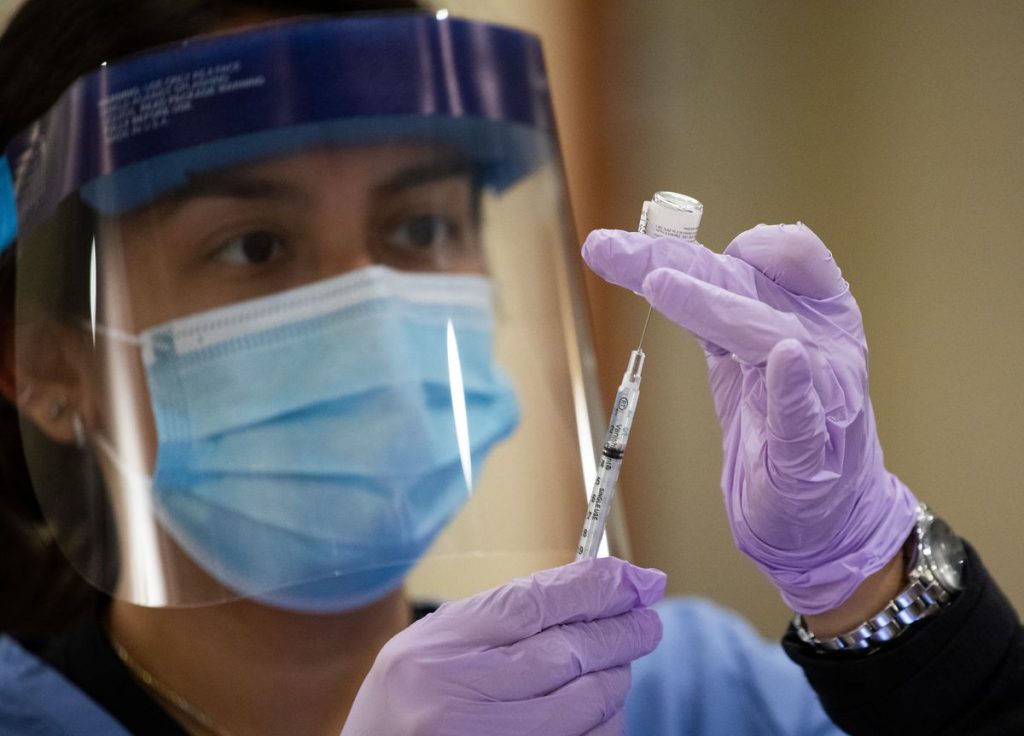Picture credits: MIT Technology Review
Due to the prevailing circumstances of skin issues in different scenarios, scientists at different startups are working to create some skin cells that can resolve the issue of baldness. Biologists are keeping a track of the latest advances in genetic engineering to solve the problem of baldness by generating hair-forming cells that could restore a person’s capability to grow hair.
A startup called dNovo has worked on techniques to grow hair cells in their labs and even on animals. A mouse sprouting a dense clump of human hair has also been shown by them. The company’s founder is Ernesto Lujan, a Stanford University-trained biologist. He says that his company can produce the components of hair follicles by “reprogramming” ordinary cells. He is hopeful that the methodology could treat the underlying cause of hair loss. Lujan further mentions that his company can transform any cell into a hair stem cell by changing the patterns of genes active in it.

According to Lujan, “And we can push cells from one state to another.” As far as reprogramming technology is concerned, the chance of replacing hair is one corner that can defeat the symptoms of aging. Another company, Altos Labs plans for the exploration of people being rejuvenated using reprogramming. Another startup, Conception is working on methods to increase fertility by converting blood cells into human eggs.
In the early 2000s, scientists realized that they could potentially manufacture endless supplies of almost any type of cell, nerves, or heart muscle after the simple formula of Japanese researchers to turn any type of tissue into stem cells similar to ones in an embryo.
It was found that the transformation of cells can be difficult to achieve, but getting lab-grown cells back into the body was another concern. Researchers in Japan tried transplanting retina cells into blind people. The concept startups are working to collect skin cells from patients and then convert them into hair-forming cells. Another company, “Stemson” has raised 22.5 million USD from funders including from the drug company AbbVie. The company’s CEO, Hamilton says his company is transplanting reprogrammed cells onto the skin of mice and pigs for testing purposes.
Hamilton, who was invited to give the keynote at this year’s Global Hair Loss Summit, mentioned, “We have seen so many [people] come in and say they have a solution. That has happened a lot in hair, and so I have to address that,” he further said, “We’re trying to project to the world that we are real scientists and that it’s risky to the point I can’t guarantee it’s going to work.”

According to Lujan, hair-forming cells grown in the lab would be added to a person’s head with a surgery similar to that surgery related to transplanting follicles onto a bald spot.
Karl Koehler, a professor at Harvard University. says, “I think people will go pretty far to get their hair back. But at first, it will be a bespoke process and very costly.” Hair follicles are complicated organs residing in the dermal layer of skin that arise through the molecular crosstalk between several cell types. Koehler’s lab produces hair shafts using another method. They do so by growing organoids. Organoids are small blobs of cells that self-organize in a petri dish. Koehler says, “Cosmetics companies are interested. Their eyes light up when they see the organoids.”


